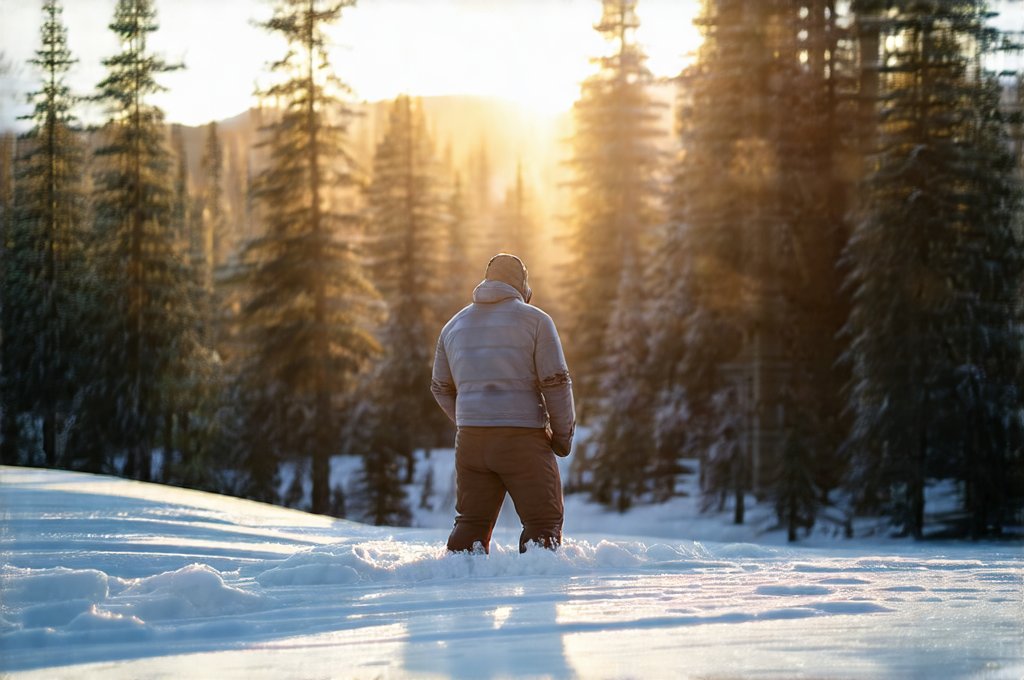Prostatitis, inflammation of the prostate gland, is a remarkably common condition affecting men of all ages, though it’s particularly prevalent in older demographics. The symptoms can range from mildly irritating – frequent urination, discomfort during ejaculation – to severely debilitating, involving chronic pain and significant disruption to daily life. Many sufferers naturally begin to wonder about environmental factors that might exacerbate their condition, and the question of whether cold or hot climates worsen prostatitis is a frequently asked one. It’s not simply anecdotal; changes in temperature can affect bodily functions, including those related to pelvic health and inflammation levels. However, pinpointing a direct correlation between climate and prostatitis symptoms isn’t straightforward, as many variables are at play – individual sensitivity, the type of prostatitis, lifestyle factors, and even psychological influences all contribute to the overall experience.
The perceived link between weather and prostatitis stems from how cold temperatures can cause muscle tension in the pelvic region, potentially aggravating existing inflammation or discomfort. Conversely, heat might seem beneficial for relaxing muscles, but extreme heat can also lead to dehydration which may impact urinary function and exacerbate symptoms. It’s important to understand that prostatitis isn’t a single disease; it encompasses several distinct conditions – acute bacterial prostatitis, chronic bacterial prostatitis, chronic prostatitis/chronic pelvic pain syndrome (CP/CPPS), and asymptomatic inflammatory prostatitis. Each type has its own etiology and symptom presentation, meaning the impact of climate could differ significantly depending on which form a man is experiencing. This article will delve into the complexities surrounding this question, exploring how temperature fluctuations might affect various aspects of prostatitis symptoms and what men can do to manage their condition regardless of the weather.
Climate & Prostatitis: Unpacking the Connection
The relationship between climate and prostatitis isn’t about one climate being universally “worse” than another. Instead, it’s a nuanced interplay where temperature affects physiological responses that can influence symptom severity for some individuals. Cold weather often leads to vasoconstriction – the narrowing of blood vessels – in an attempt to conserve heat. This can reduce blood flow to the pelvic area, potentially increasing muscle tension and discomfort in the prostate region. Similarly, prolonged sitting in cold environments (common during winter months) exacerbates this effect, leading to stiffness and pain. However, some men find that the warmth from heating systems or layers of clothing provides relief by relaxing muscles and improving circulation. This highlights the highly individual nature of experiencing prostatitis symptoms.
Hot weather, on the other hand, can introduce different challenges. Dehydration is a significant concern during warmer months, as it concentrates urine, potentially irritating the bladder and urethra, leading to increased urinary frequency and urgency – common complaints among men with prostatitis. Moreover, excessive sweating can disrupt electrolyte balance, contributing to muscle cramps and discomfort. Certain activities that are more prevalent in warm weather, such as prolonged outdoor exercise or cycling, might also put pressure on the pelvic region, aggravating symptoms for some. It’s crucial to remember that these effects aren’t exclusive to either climate; they represent potential triggers that can impact symptom management.
Ultimately, managing prostatitis effectively requires a proactive approach focused on lifestyle modifications and consistent medical care, rather than solely relying on avoiding certain climates. The key is understanding how your body responds to temperature changes and adapting your routine accordingly. For instance, staying hydrated during hot weather, practicing regular pelvic floor exercises, maintaining a healthy diet, and managing stress levels are all crucial steps that can help minimize symptom flare-ups regardless of the weather. Perhaps understanding why UTIs may feel worse in cold weather could also provide some insight into these fluctuations.
Types of Prostatitis & Climatic Influences
As previously mentioned, prostatitis isn’t one-size-fits-all. Understanding the specific type of prostatitis a man is experiencing is vital to comprehending how climate might affect it. Acute bacterial prostatitis is typically caused by a bacterial infection and presents with sudden, severe symptoms like fever, chills, pain during urination, and difficulty emptying the bladder. In this case, climate plays less of a direct role; treatment focuses on antibiotics and supportive care. However, being immunocompromised due to cold weather stress could theoretically increase susceptibility to infections.
Chronic bacterial prostatitis, while also caused by bacteria, is more persistent and often involves recurring infections. Similar to acute prostatitis, the immune system’s response is central, and climate-related factors that weaken immunity might potentially worsen symptoms. Chronic Prostatitis/Chronic Pelvic Pain Syndrome (CP/CPPS) is the most common type but also the most complex. Its cause isn’t fully understood, involving a combination of inflammation, nerve dysfunction, muscle tension, and psychological factors. This is where climate can have the most noticeable impact. Cold temperatures could exacerbate muscle tension in the pelvic floor, leading to increased pain and discomfort, while heat-related dehydration might irritate the bladder and urethra. Asymptomatic inflammatory prostatitis usually doesn’t cause symptoms but is detected during investigations for other conditions. Climate likely has minimal direct influence on this type.
The variability of CP/CPPS makes it particularly susceptible to environmental influences. Stress levels, which can be heightened by seasonal changes or weather-related disruptions, play a significant role in symptom flares. Furthermore, alterations in activity levels – less outdoor activity during winter, more strenuous exercise during summer – could impact pelvic floor muscle function and contribute to discomfort. Therefore, personalized management strategies are essential for men with CP/CPPS, taking into account their individual sensitivities and responses to different climatic conditions. It’s also worth considering if bladder pain can feel worse in cold or damp environments plays a role as well.
Managing Prostatitis Symptoms: A Holistic Approach
Managing prostatitis effectively requires a holistic approach that addresses both the physical and psychological aspects of the condition. Here’s how individuals can proactively mitigate symptom flares regardless of climate:
- Hydration is Key: Maintaining adequate hydration levels is paramount, especially during warmer months. Aim for at least eight glasses of water per day to prevent urine concentration and bladder irritation.
- Pelvic Floor Exercises: Strengthening pelvic floor muscles through targeted exercises (Kegels) can improve urinary control, reduce pain, and enhance overall pelvic stability. A physical therapist specializing in pelvic health can provide guidance on proper technique.
- Temperature Regulation: Dress appropriately for the weather to avoid excessive cold exposure or overheating. Layering clothing allows for adjustments based on temperature fluctuations. Consider using heating pads or warm baths during colder months to relax muscles.
- Dietary Modifications: Reduce intake of irritants such as caffeine, alcohol, spicy foods, and acidic beverages, as these can exacerbate bladder symptoms. Focus on a balanced diet rich in fruits, vegetables, and whole grains.
Lifestyle Adjustments & Symptom Management
Beyond the core strategies outlined above, several lifestyle adjustments can significantly impact symptom management:
- Regular Exercise: Engage in moderate-intensity exercise regularly to improve circulation, reduce stress, and maintain overall health. Avoid activities that put excessive strain on the pelvic region, such as prolonged cycling or heavy lifting.
- Stress Management Techniques: Incorporate stress-reducing practices into your daily routine, such as meditation, yoga, deep breathing exercises, or spending time in nature. Chronic stress can worsen prostatitis symptoms.
- Ergonomic Considerations: Ensure proper posture and ergonomic support while sitting for extended periods to minimize pressure on the pelvic region. Use a supportive chair and take frequent breaks to stretch and move around.
- Avoid Prolonged Sitting: Take regular breaks from sitting, even if you have an ergonomic setup. This promotes blood flow and reduces strain on the prostate.
Seeking Professional Guidance & Personalized Care
While self-management strategies can be highly effective, it’s crucial to seek professional guidance from a healthcare provider. A doctor can accurately diagnose the type of prostatitis, recommend appropriate treatment options (including medication or physical therapy), and provide personalized advice based on individual needs and circumstances. Don’t hesitate to discuss your concerns about climate and symptom management with your doctor. They can help you develop a tailored plan that addresses your specific situation. Remember, proactive communication and collaboration with your healthcare team are essential for achieving optimal outcomes. You should also be aware of is kidney stone pain worse in the morning or night as it could present similar symptoms.





















